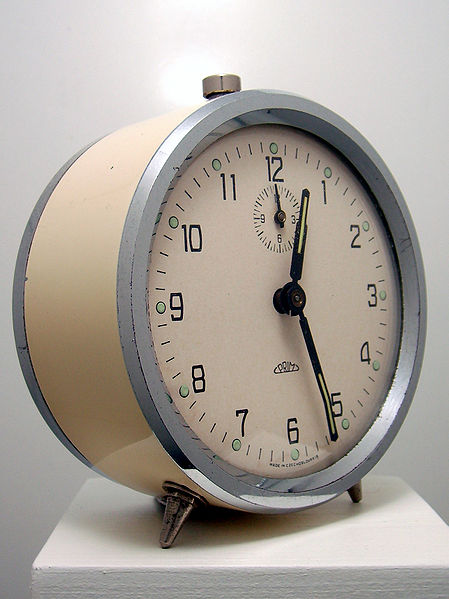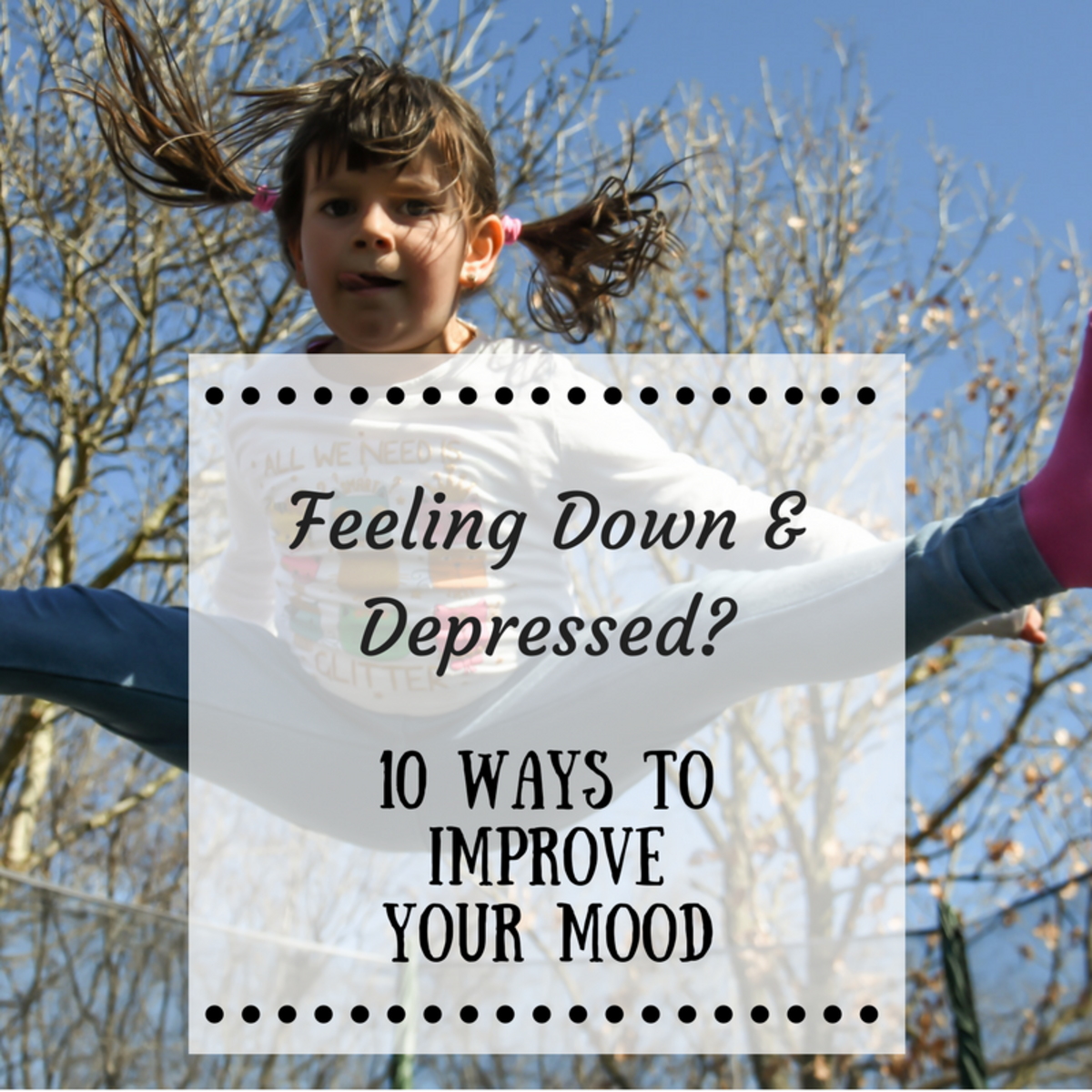How to Be on Time
Tick-Tock...
goes the clock. No matter what you do, you can never get to that appointment, job, party, or class on time. You are mocked and made fun of by friends and family because you are notorious for being late. Is it hopeless? Are you subject to a life of constantly being 'behind the times'?
No. Anyone can be on time, no matter what type of upbringing or personality you have. This article will give you the secret to becoming the person who you have always secretly hated for showing you up. If you are already convinced you need to learn this skill, go down to the part that says, "Learn to feel time".

"I'm not convinced yet." An answer to why is it important to be on time.
There is one simple reason that timeliness should be at the top of everyone's to do list. It shows you care. You care about other people's time and money and energy. When you are late, you are making someone else wait for you. At its worst, chronic tardiness could be the catalyst for a failing grade or a pink slip. Something as simple as time should never be the reason you fail.
For the times in life when being late is inevitable (car crash, traffic jam, sick child, etc.), people will be far more gracious if you are not known for being late. Otherwise, its the ol' boy crying wolf problem.
Are you convinced yet? If you have been searching online for "how to be on time", chances are you do not need any more convincing.
There are two parts to learning how to be on time. It is all about "feeling" the accurate amount of time passing and accurately estimating how long an activity will take. Do those two things and you'll never be late again. Let's get started.
Learn to feel time
This exercise is simple and can be done at home- during virtually any activity. You are going to practice feeling units of time. Do you frequently say, "Just a minute?" and it's actually ten? Teach your body to know when a certain amount of time is up.
Buy a timer and a stopwatch
You want to teach yourself to feel the increments of 1 minute, 5 minutes, 15 minutes, 30 minutes, and 60 minutes. Here's how you do it.
1. Find an activity that you like to do or have to do often. Computer and TV don't count because it is too easy to get lost in the activity and forget the feeling of time. Try something like walking the dog, reading a book, drinking a cup of tea, taking a shower, or cleaning a room. You want to do that activity for the amount of time prescribed (so use brushing your teeth to time 1 minute, reading for 30, etc. Find the increment of time that makes the most sense for the activity you are doing).
2. Set the timer. Now begin your activity and stop when the timer goes off. Do this for a couple of days. Once you feel like you have the "feeling", you move on to the second phase- the stopwatch.
3. Instead of using a timer to test yourself, use a stopwatch instead. This time, just start the stopwatch and do your activity. Stop when YOU FEEL like the time is up. Check the watch. How close did you come? If you were way off, go back to the timer and do it a couple more times before using the stopwatch.
Timers and Stopwatches
Estimate correctly
Once you can feel time, now you must learn to estimate the correct amount of time an activity is going to take. This exercise is similar to the one above. I am convinced this is the core reason people are late. They don't know how long things take.
1. Estimate how much time it will take you to do an activity. Based on your feeling time exercises, imagine yourself doing it and hopefully your internal clock will be a bit more sensitive. Let's take grocery shopping as an example. It takes 10 minutes to drive to the store. It takes about 15 minutes to pick up 12 items at the store, and another 10 minutes to drive home. So it should take you 35 minutes correct? WRONG.
You have forgotten how much time it takes to find a parking space, paying at the checkout, and loading the groceries. You should add at least 2 minutes to find a space, 6 minutes to check out, and another 2 minutes to load the car. Now the activity should take you 45 minutes.
2. Once you've estimated your time, set your stopwatch and go to it. When you get home, write down how long it took you. How close did you come? If you were way off, try to determine if there were extenuating circumstances or your estimation was off.
Build in a safety net
So you can feel time and you know how to estimate time. Now you must build a safety net. If that grocery shopping activity takes 45 minutes, give yourself an extra 5 or 10 minutes if you know that there are traffic lights or a high likelihood that you will meet someone and want to chat it up. Give yourself more wiggle room the more important the appointment is.
Do you have kids?
If you have kids, you need to add more time to each activity than it would take just for you. Then you need to build a safety net on top of that. So that grocery shopping trip that was 45 minutes, became 55 minutes when we build in a safety net. If you add three kids to the mix, add more time. Isn't it amazing how a trip that you thought would be a quick 30 minutes turns into an hour? Most people when they start doing this say, "NO way will it take an hour!" That is why you are always late. You are not Speedy Gonzales. You are deluded.
How late are you?
Check the time of day
If you are typically a morning person, you won't need as much of a safety net during that time of day. The nighttime might be a different story. Know your own rhythms.
What's worse? To be early or late?
After you begin implementing these exercises, you may start arriving places early. Here is the temptation. "Oh, well since I am early, I must not need to estimate so much time." All of a sudden, you are late again. What happened?
Most likely, you are more vigilant when you are consciously paying attention to the time or the stopwatch. When something is new, you are more likely to be enthusiastic. Once the high of being the "early one" wears off, you will want to slide back into cutting corners. Don't do it. Always build that safety net and remember, "early" never hurt anyone!
-Julie DeNeen
chronically early and proud of it!









